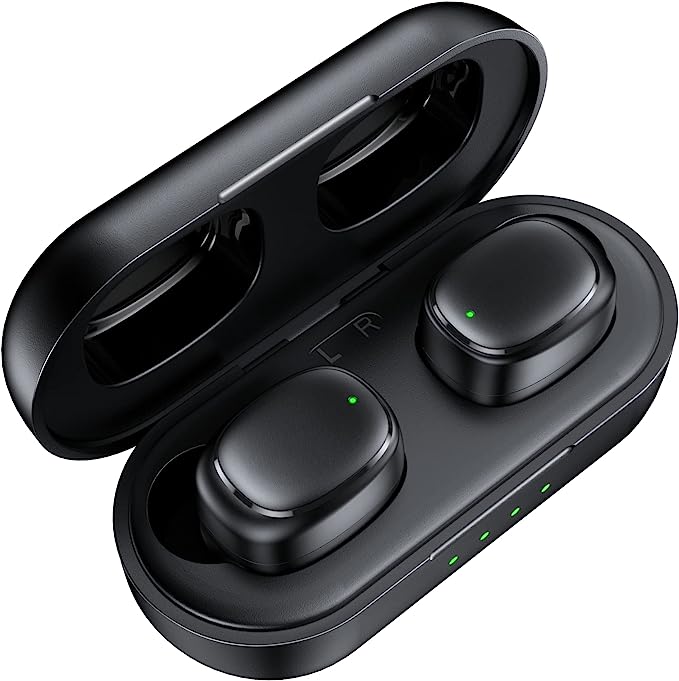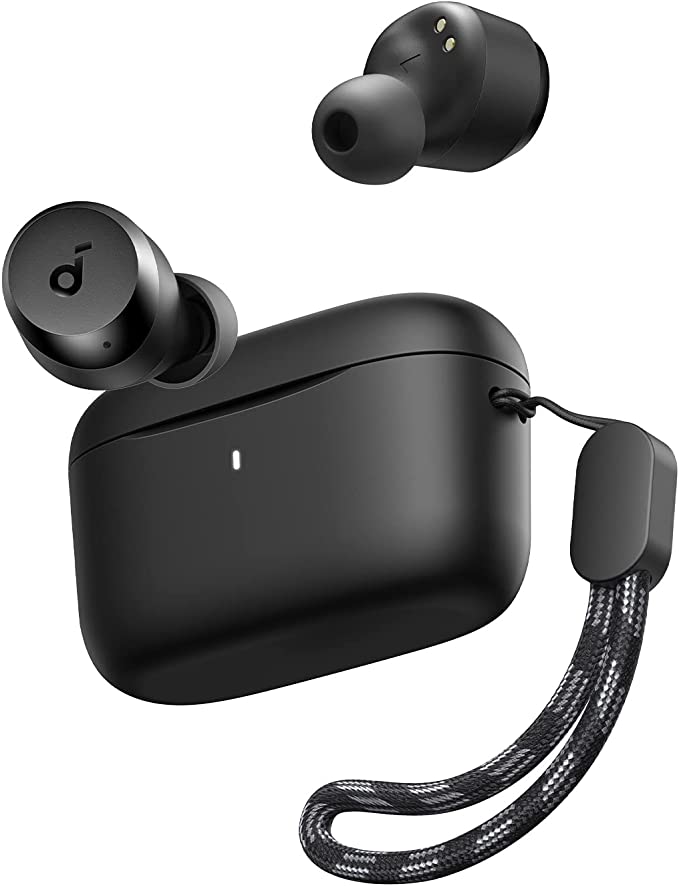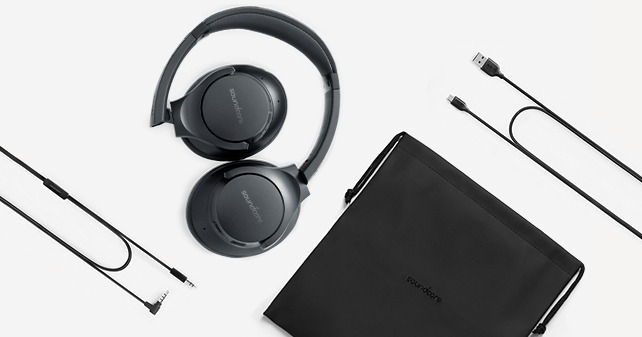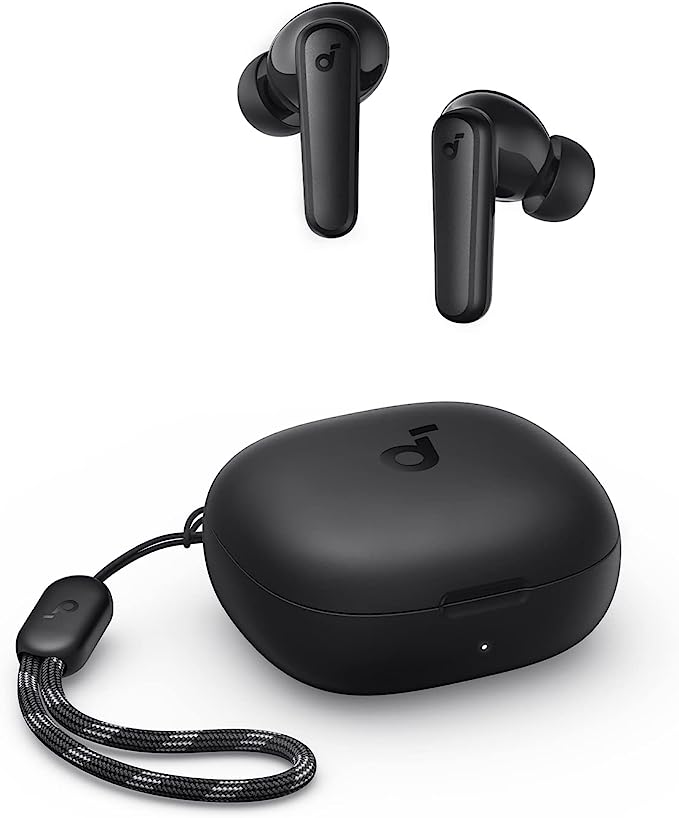Beyond Illumination: Exploring Stage Lighting and the DJXFLI DMHL150-B
Update on Feb. 16, 2025, 3:20 p.m.
Have you ever been mesmerized by a concert light show, the vibrant colors dancing in sync with the music? Or perhaps you’ve been captivated by the dramatic lighting at a theatrical performance, subtly shifting the mood and focus on stage. Stage lighting is far more than simply illuminating a space; it’s an art form, a powerful tool that can evoke emotions, create atmosphere, and transform an ordinary event into an extraordinary experience.

A Brief History: From Gas Lamps to LEDs
The history of stage lighting is a fascinating journey of technological innovation. Imagine a time before electricity, when theaters relied on flickering candles and gas lamps to illuminate the stage. These early lighting methods were not only dim but also dangerous, posing a constant fire risk. The invention of the electric arc lamp in the 19th century marked a turning point, offering a brighter and more controllable light source. However, it was the advent of incandescent lamps, and later, halogen lamps, that truly revolutionized stage lighting, allowing for greater intensity and color control.
The LED Revolution: Why LEDs are the Stars of Modern Stage Lighting
Today, the undisputed champion of stage lighting is the Light Emitting Diode (LED). LEDs have fundamentally changed the game, offering a host of advantages over their predecessors:
- Energy Efficiency: LEDs consume a fraction of the energy of traditional incandescent or halogen lamps, leading to significant cost savings and a reduced environmental impact. Imagine the energy savings when a single 150W LED can replace a much higher wattage traditional lamp!
- Longevity: LEDs boast an incredibly long lifespan, often lasting tens of thousands of hours. This means fewer replacements, less maintenance, and greater reliability.
- Compact Size: LEDs are incredibly small, allowing for the creation of compact and versatile lighting fixtures.
- Color Versatility: LEDs can produce a vast array of colors, far exceeding the capabilities of traditional lighting sources.
The Magic of Color Mixing: Understanding the RGBW System
So, how do LEDs create such a stunning range of colors? The secret lies in a process called additive color mixing. Most modern stage lights, including the DJXFLI DMHL150-B, utilize the RGBW system, which combines Red, Green, Blue, and White LEDs.
Think of it like mixing paints, but instead of subtracting colors, we’re adding them. By varying the intensity of each color, we can create virtually any hue imaginable. For example:
- Red + Green = Yellow
- Red + Blue = Magenta
- Green + Blue = Cyan
- Red + Green + Blue = White
The addition of a dedicated White LED enhances the brightness and allows for the creation of pastel shades and more nuanced color variations.
GOBOs: Projecting Creativity
Have you ever seen intricate patterns or shapes projected onto a stage or dance floor? These are created using GOBOs (short for “Go Between” or “Goes Before Optics”). A GOBO is essentially a stencil, typically made of metal or glass, that is placed in front of a light source. The light shines through the cut-out areas of the GOBO, projecting the pattern onto the desired surface. The DJXFLI DMHL150-B includes eight different GOBOs, offering a variety of creative options, from geometric shapes to abstract designs.

Controlling the Show: DMX512 Explained
Imagine having to manually adjust hundreds of individual lights during a performance. Thankfully, there’s a better way: DMX512. DMX512 (Digital Multiplex) is the industry-standard protocol for controlling stage lighting and effects. It’s like a universal language that allows lighting consoles to communicate with lighting fixtures, regardless of the manufacturer.
DMX512 operates on a system of “channels.” Each channel controls a specific parameter of a lighting fixture, such as:
- Pan: Horizontal movement.
- Tilt: Vertical movement.
- Color: Selecting a specific color or color mix.
- GOBO: Choosing a GOBO pattern.
- Strobe: Controlling the flashing speed.
- Dimmer: Adjusting the brightness.
A DMX signal can control up to 512 individual channels. This allows for incredibly precise and complex lighting sequences. The DJXFLI DMHL150-B utilizes 19 DMX channels, offering a comprehensive level of control over its various functions.
Moving Heads: Dynamic Lighting
Traditional stage lights were often fixed in one position, requiring multiple fixtures to illuminate different areas. Moving head fixtures, like the DJXFLI DMHL150-B, revolutionized stage lighting by adding the ability to pan (rotate horizontally) and tilt (rotate vertically). This dynamic movement allows a single fixture to illuminate a much larger area and create a wide range of effects, such as sweeping beams, swirling patterns, and dramatic color changes.
Spotlight on the DJXFLI DMHL150-B: A Deep Dive into its Features
The DJXFLI DMHL150-B is a powerful and versatile moving head light that packs a punch. Let’s explore its key features:
-
The Triple-Layered Effect: This is where the DMHL150-B truly shines. It combines three distinct lighting effects:
- Spot: A powerful 75W white LED provides a focused beam, perfect for highlighting performers or creating dramatic accents.
- Bee Eye: Six 12W RGBW LEDs create a mesmerizing, swirling effect that adds a unique visual dimension. Think of it as a kaleidoscope of light, constantly changing and evolving.
- Halo: A ring of 24 RGB LEDs surrounds the central spot and bee eye, providing a soft, ambient glow that adds depth and richness to the overall effect.
-
Color and GOBO Options: The DMHL150-B offers eight vibrant colors and eight distinct GOBO patterns, providing a wide range of creative possibilities. The color wheel and GOBO wheel can also rotate, creating even more dynamic effects.
-
Versatile Control: Whether you’re a seasoned lighting professional or a beginner, the DMHL150-B offers a control mode to suit your needs:
- DMX512: For precise control over every aspect of the light.
- Sound Activated: The light reacts to the beat of the music, creating a synchronized light show.
- Auto Mode: Pre-programmed light shows run automatically, perfect for quick and easy setup.
- Master/Slave: Link multiple DMHL150-B units together for a coordinated display.
Bringing Events to Life: Real-World Uses
The DJXFLI DMHL150-B isn’t just for large-scale concerts. Its versatility makes it suitable for a variety of events:
- DJing: Create an electrifying atmosphere for your next gig, with dynamic lighting that moves to the music.
- Parties: Transform your home or backyard into a vibrant dance club.
- Weddings: Add a touch of elegance and excitement to the reception, with customized lighting to match the theme and mood.
- Clubs and Bars: Enhance the ambiance and create an immersive experience for patrons.
- Small Theaters and Churches Uplift events and performances with vibrant, dynamic light shows.
Beyond the Basics: Tips for Aspiring Lighting Designers
If you’re interested in exploring the world of stage lighting, here are a few tips to get you started:
- Experiment: Don’t be afraid to try different colors, patterns, and movements.
- Learn the Basics of DMX: Understanding DMX control will unlock a world of possibilities.
- Observe: Pay attention to the lighting at concerts, theater performances, and other events.
- Practice: The more you practice, the better you’ll become at creating stunning light shows.
- Think about the Mood: What emotions do you want to evoke with your lighting?

The Future of Stage Lighting: Smart Control, Energy Efficiency, and Beyond
Stage lighting technology continues to evolve at a rapid pace. We can expect to see even greater energy efficiency, more sophisticated control systems, and new creative possibilities in the years to come. Wireless DMX, advanced color mixing technologies, and the integration of lighting with other media, such as video and lasers, are just a few of the exciting developments on the horizon. The DJXFLI DMHL150-B, with its versatile features and accessible price point, represents a step towards this exciting future, empowering users to create captivating visual experiences.





























